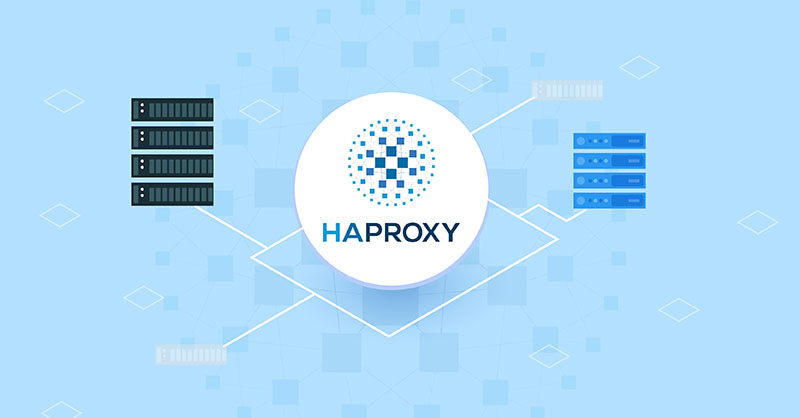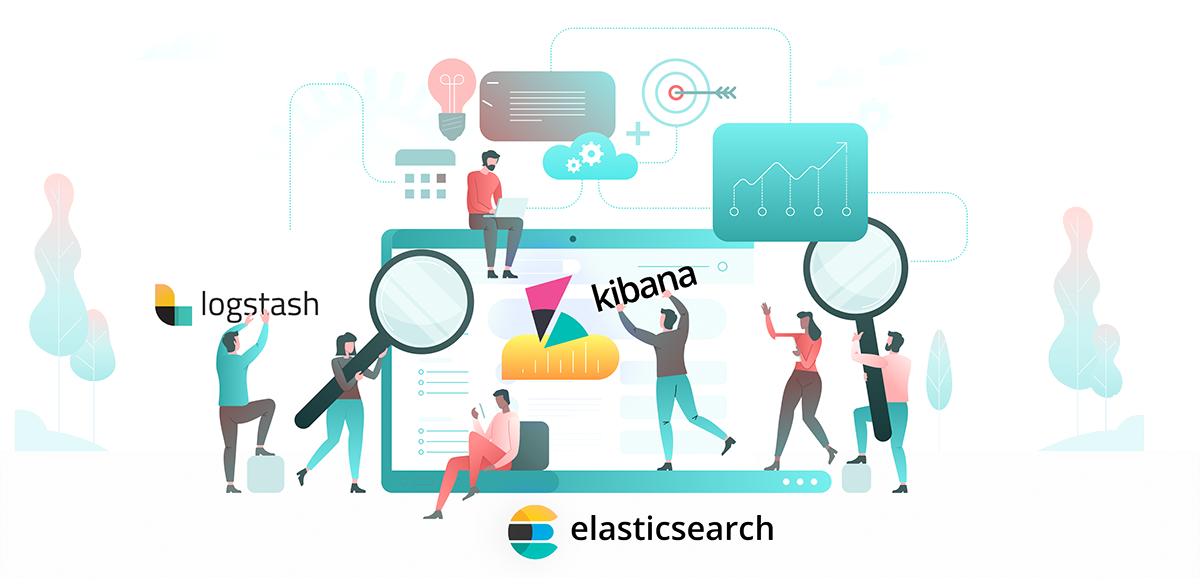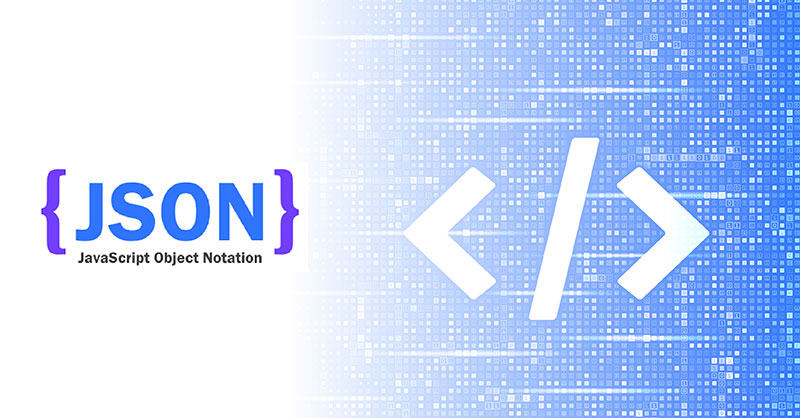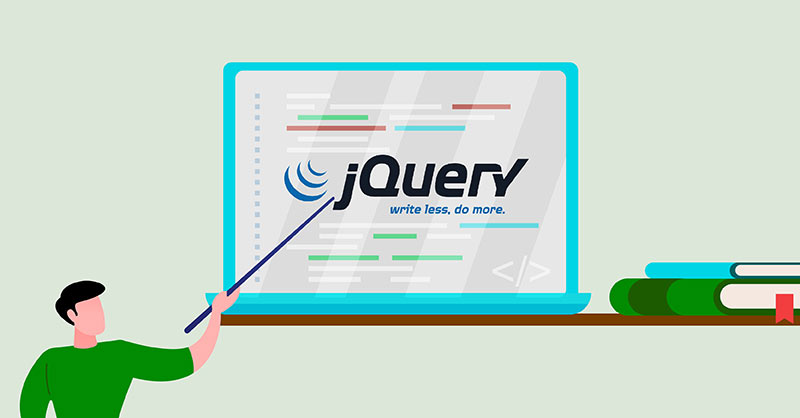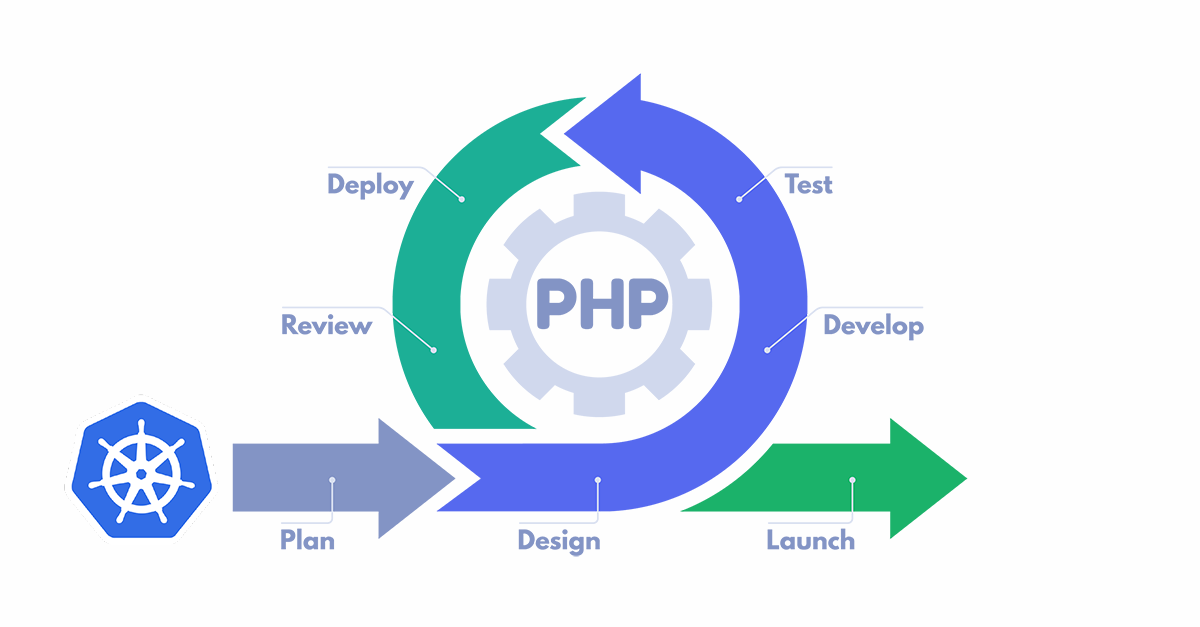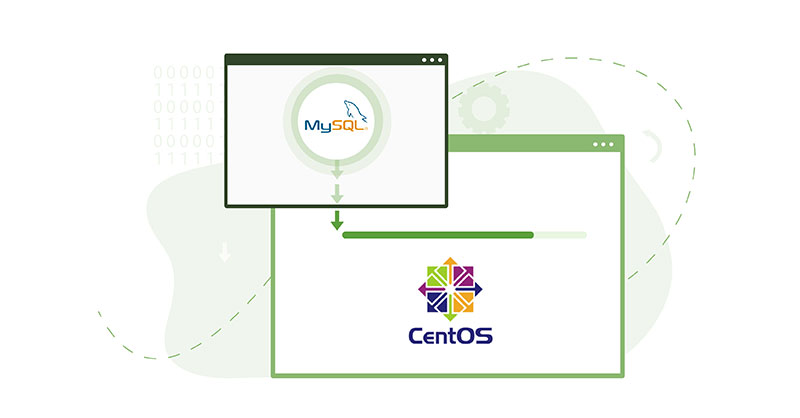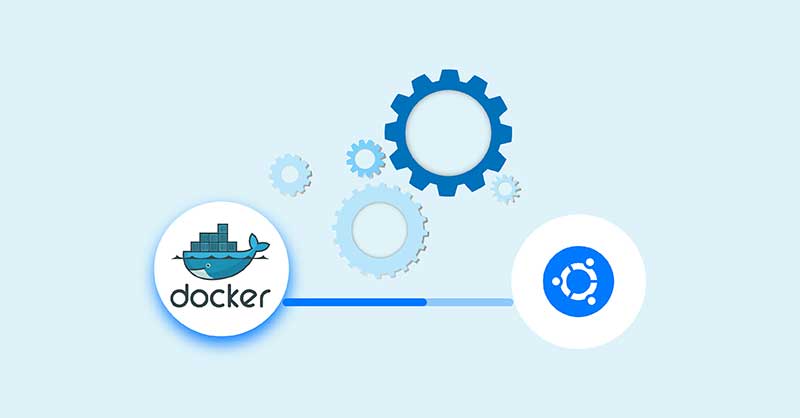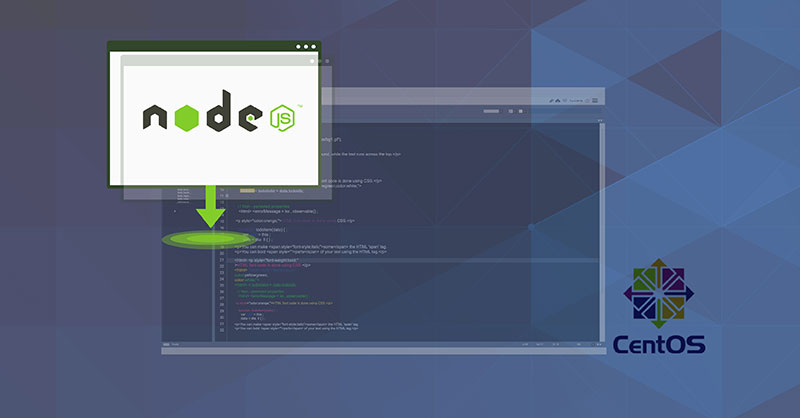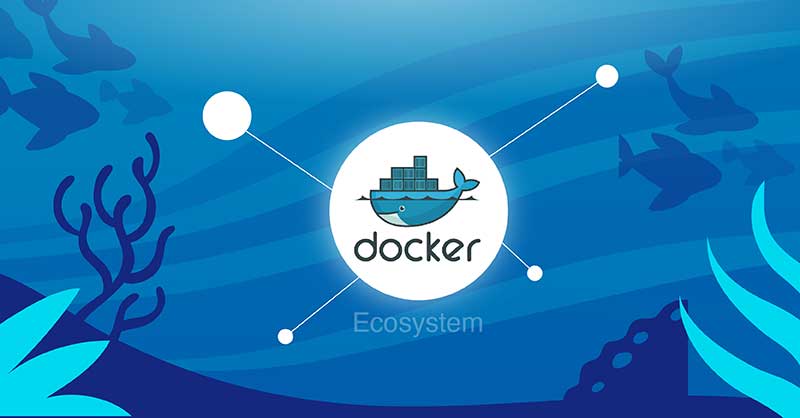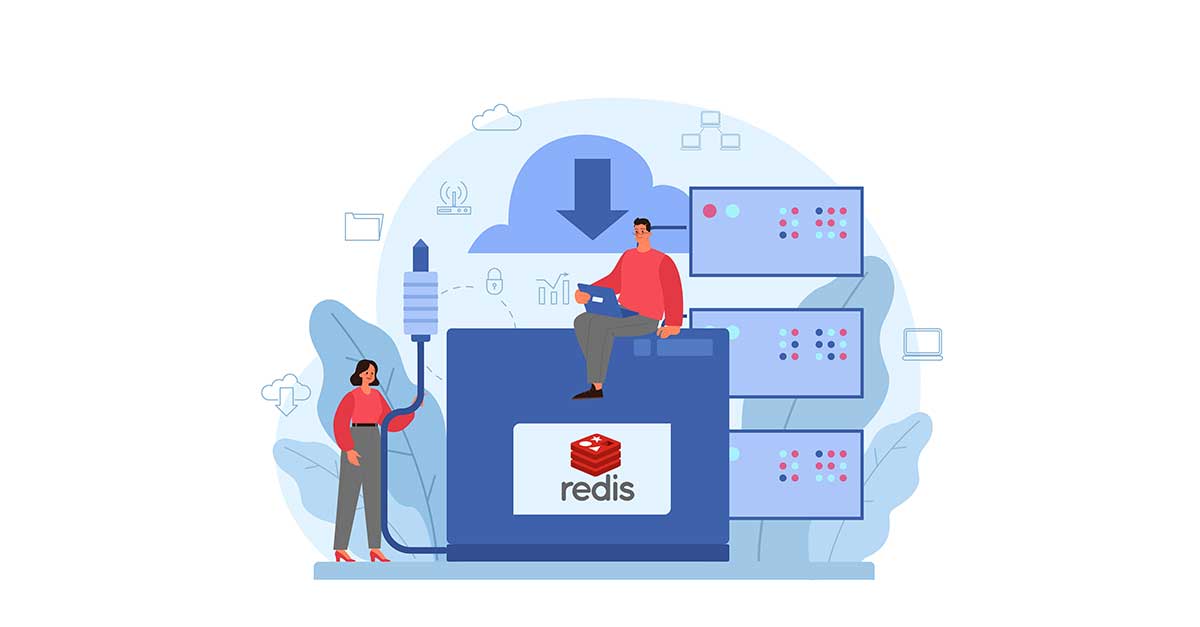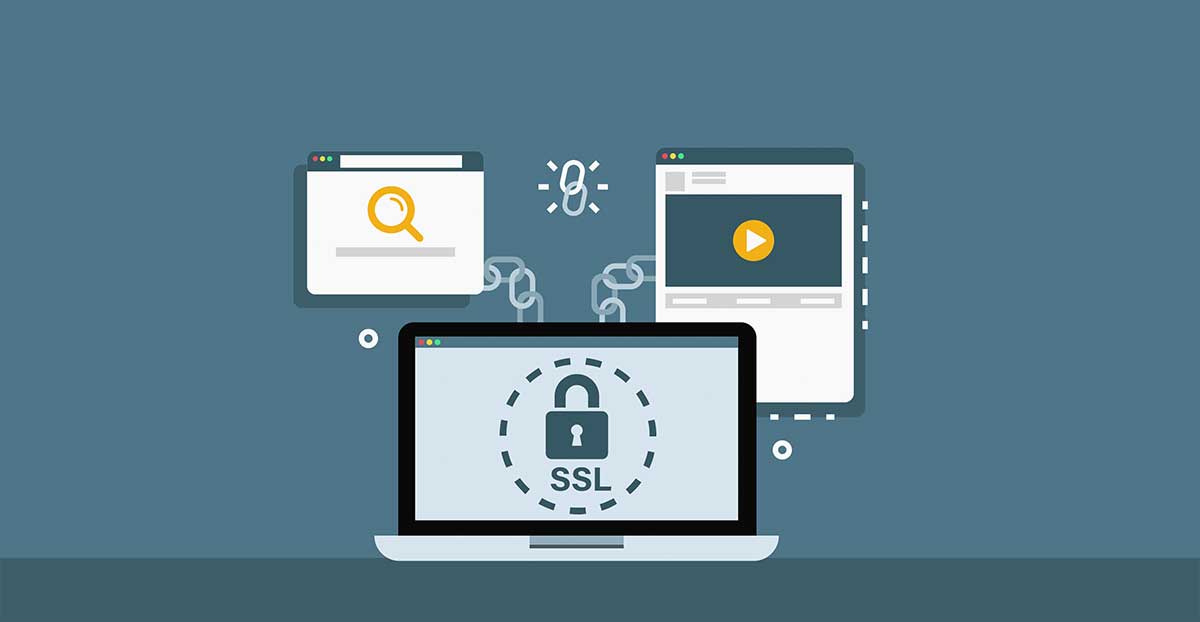Introduction High Availability Proxy (HAProxy), is a popular open-source proxying and TCP/HTTP load balancer solution able to run on Solaris, FreeBSD, and Linux. It is most commonly used to enhance the reliability and performance of a server environment by providing a balanced distribution of workload across multiple servers. This type of tool is used in many high-profile environments like Instagram, …
How to Install the Elastic Stack on Ubuntu 18.04
The Elastic Stack (previously known as the ELK Stack) is a powerful solution for centralized logging. It’s a collection of open-source software developed by Elastic. It allows admins to search, analyze, and visualize logs generated from any source in any format. It’s a form of practice known as centralized logging. Centralized logging can be very handy when trying to pinpoint …
An Overview of the JSON Data Sharing Format
JavaScript Object Notation (JSON for short and pronounced much like the name ‘Jason’), is a type of data sharing format. As evidenced by its name, JSON stems from JavaScript, but it is not the sole code proprietor that permits its utilization. In fact, many other programming languages have it available for their use including Ruby, PHP, Python, and Java. When …
What is jQuery and How Can You Use It?
Introduction If you are familiar with the world of programming, you know just how important programming languages are. Some of the most critical and frequently used ones include HTML, CSS, and JavaScript. Where HTML and CSS help you design and structure your website, JavaScript enables you to make it interactive. There are a number of JavaScript libraries you can use …
Deploy a PHP Application on a Kubernetes Cluster with Ubuntu 18.04
Kubernetes (also known as k8s) is an open-source orchestration system. It allows users to deploy, scale, and manage containerized applications with minimum downtime. In this tutorial, you will learn how to deploy a PHP Application on a Kubernetes Cluster. Nginx behaves as a proxy to PHP-FPM while running a PHP application. Managing these two services in a single container is …
How to Install MySQL on CentOS 7
MySQL is one of the most popular database management systems for websites and server applications. For webmasters, it is an essential tool to learn. MySQL is a relational database that uses SQL (Structured Query Language) for managing its data. MySQL is commonly installed as a part of the LEMP stack that contains Linux, Nginx, MySQL/MariaDB, and PHP/Perl/Python. You should have …
How to Install and Configure Docker Compose on Ubuntu 20.04
Introduction Containerization has greatly picked up momentum in the software tech space over recent years. This can be attributed to Docker which is a container platform that simplifies the management of processes inside containers. Containers are lightweight, virtualized, portable, software-defined standardized environments that allow the software to run in isolation from other software running on the physical host machine. This …
Installing Node.js on CentOS 8: a Complete Guide
Introduction Node.js is a free-to-use, open-source server environment. It is commonly used for browser-based web development purposes. It allows developers to use JavaScript to do backend programming. Since most developers are intimately familiar with JavaScript, it makes things very easy. The program lets you add, modify, and delete files on the server, produce dynamic content, and collect data. In this …
Nginx HTTP Proxying, Load Balancing, Buffering, and Caching: an Overview
Introduction Nginx is a high-performance web server that is also used as a reverse proxy, mail proxy, load balancer, and HTTP cache. Nginx is free and open-source, allowing anyone to download and use it in their server environment. You may have already used Nginx to serve websites. In this tutorial, we will be discussing the other capabilities of Nginx. The …
What is Docker? An Overview of the Docker Ecosystem
Introduction If you dabble in the world of programming, then you may be familiar with the term ‘containerization’. If not, containerization is a process that helps make applications more manageable. It works by allowing the programmer to distribute applications in organic, portable packages. Each package is lightweight and isolated, complete with its own environment. These individual packages are known as …
How to Install and Secure Redis on Ubuntu 18.04
Redis is a powerful in-memory key-value store that can be used as a database server, cache, and message broker. It’s widely known for its fast performance, flexibility, and support for a wide variety of languages. It’s free and open-source software that’s written in the C programming language. In this guide, check out how to install and secure Redis on Ubuntu …
Installing an SSL Certificate From a Commercial Certificate Authority: A Comprehensive Guide
Introduction SSL certificates are tools that enable you to make your server more secure. These data files make the connections between a server and a browser safer. They are the difference between an HTTP and an HTTPS website. The way an SSL certificate works is that it encrypts your data stream, vets out the traffic, and verifies user identities. It …


